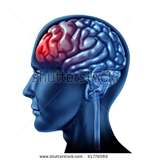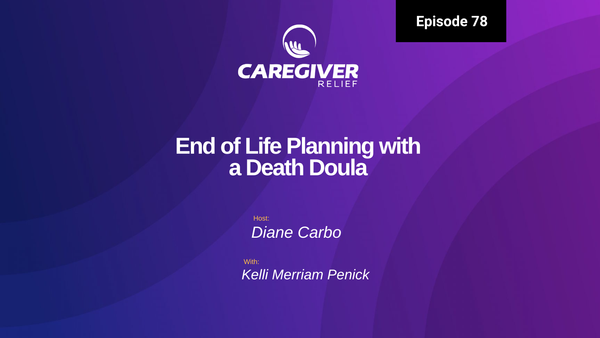Compulsive Hoarding What Does Research Tell Us?
Compulsive hoarding is often misunderstood as simply a habit of collecting things. However, research suggests that it may be linked to brain function and genetic predispositions. This article explores the causes and treatment options for compulsive hoarding behaviors.

Compulsive hoarding, initially seen as harmless collecting, becomes problematic when excessive accumulation disrupts living spaces. The roots of this behavior are complex, with various triggers leading to overwhelming fears of losing valuable items.
When does hoarding start? It may begin with ongoing collection or the inability to discard anything, eventually leading to hazardous living conditions. Hoarders may develop emotional attachments to their belongings, fearing the consequences of making decisions or being unprepared for future scenarios.
Is compulsive hoarding a symptom of dementia, Alzheimer's, or mental illness? While it can coexist with such conditions, research reveals a distinct brain pattern in compulsive hoarders. Brain scans show reduced activity in the cingulate gyrus, impacting decision-making, stress response, and spatial perception.
The Role of Genetics: A strong genetic component has been identified, contributing to the development of hoarding behaviors.
Common Hoarding Subjects: Paper is a prevalent hoarding object, but some individuals may excessively collect animals, leading to overwhelmed caregivers.
Addressing the Stigma: Hoarders often face shame and embarrassment, deterring them from seeking help. Family members are typically the ones to bring the issue to light, concerned about their loved ones' living conditions.

The Brain's Influence: The low brain activity in the cingulate gyrus is believed to fuel the hoarding behavior, leading to poor organization, attention, and decision-making.
Challenges in Treatment: The emotional attachment to possessions and resistance to change make treating hoarding complex. Family members often experience frustration and worry, fearing potential disasters.
Seeking Help: A practical and structured approach is vital in treating compulsive hoarding, but the hoarder's willingness to seek assistance is essential for success.
The Recurring Challenge: Without intervention, hoarders may revert to their habits, necessitating ongoing support and intervention from family members.
Medical Crisis as a Catalyst: Often, it takes a medical or health crisis to relocate hoarders, but they may carry their hoarding habits with them.
Despite the difficulties in treating compulsive hoarding, professional help is available, providing hope for a safer and cleaner living environment. Research continues to shed light on this complex condition, offering insights for more effective interventions.
You might also like this article:






